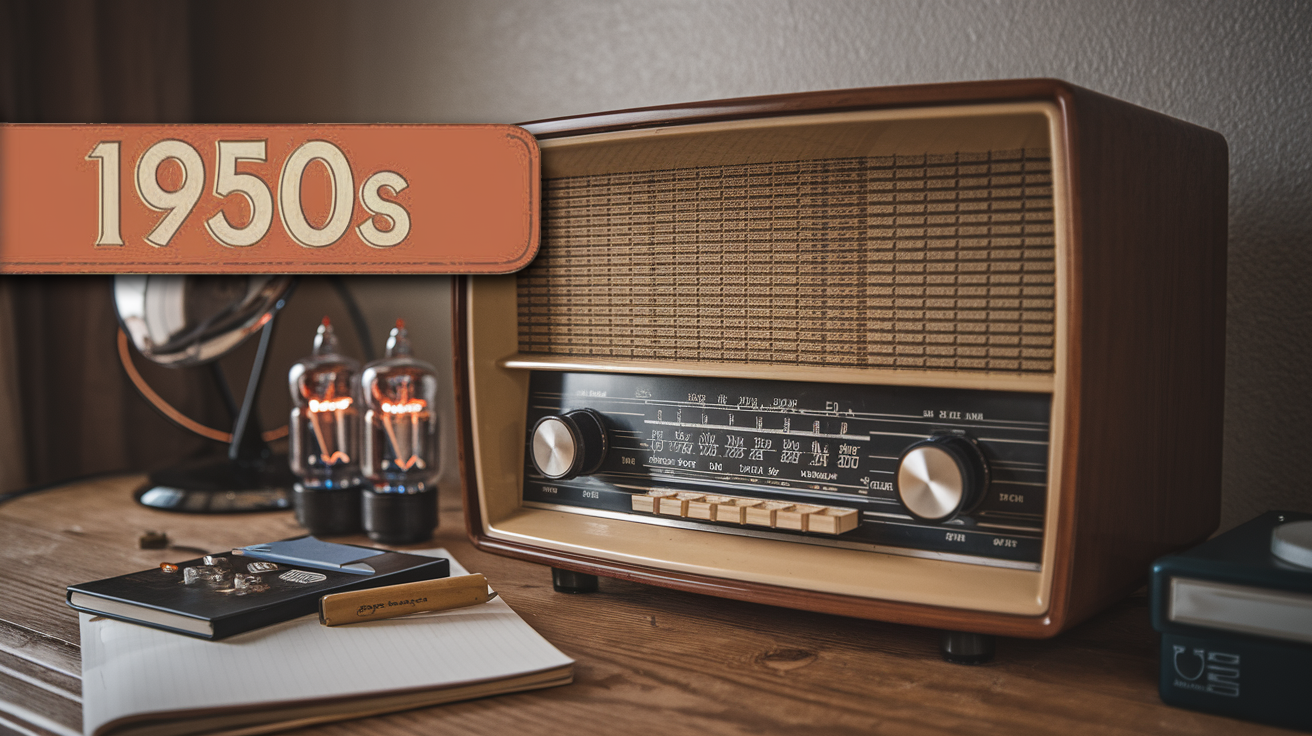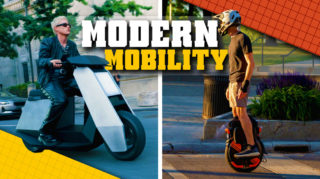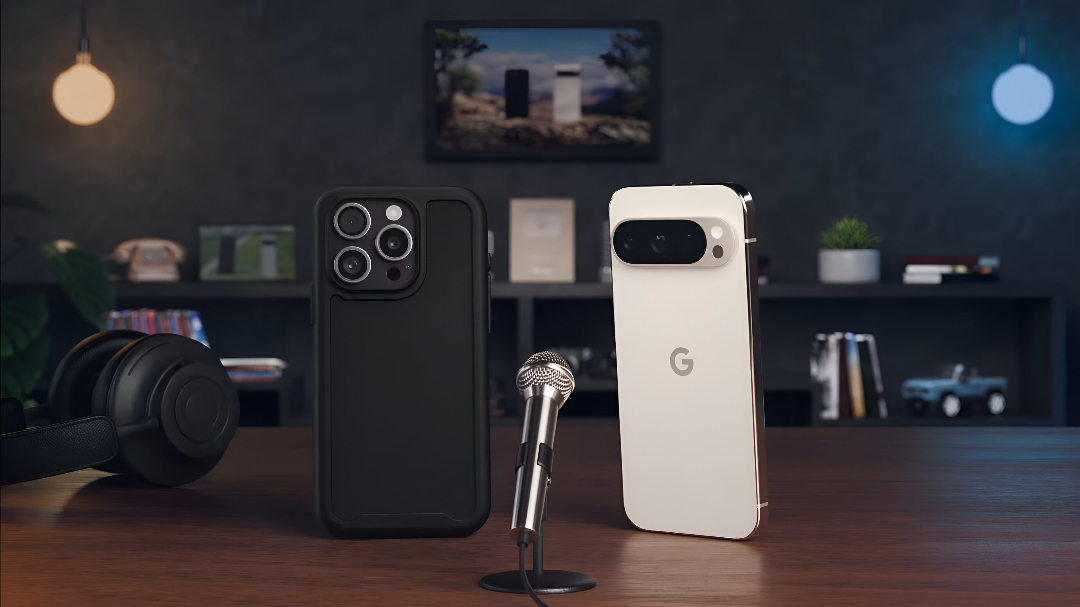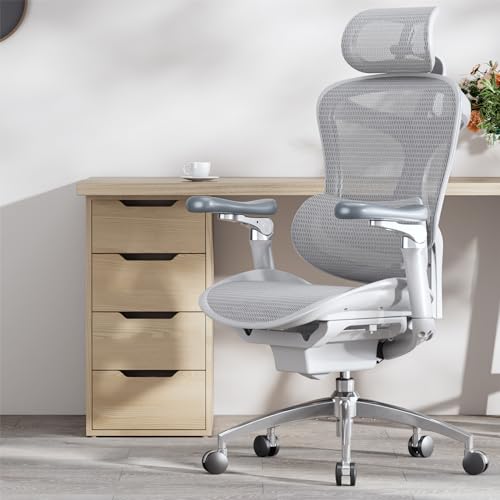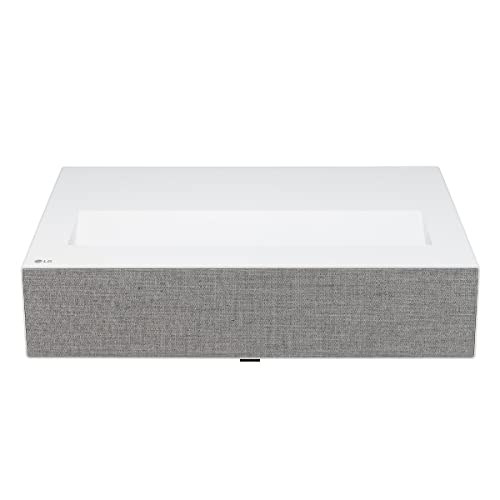What we lost can never come back. The 1950s wasn’t just another decade—it was the last time Americans shared a common daily experience. Rotary phones forced patience. Glass milk bottles created morning rituals. Drive-in theaters turned cars into family rooms under starlit skies.
Progress erased more than just objects. These 25 forgotten items from the 1950s reveal the hidden price of convenience we never talk about.
25. Rotary Phones

The mechanical dial of rotary phones shaped how America conversed for decades. Spinning the finger wheel required patience, especially when dialing a zero required a full 10 pulse counts. These substantial devices occupied dedicated tables in hallways and living rooms. Conversations naturally slowed due to the physical effort involved in placing calls. That distinctive clicking sound transports users to an era when communication demanded intention rather than immediacy.
24. Black and White Televisions with Rabbit Ear Antennas

Those bulky black and white TVs transformed 1950s home life in ways smartphones never could. One television per household meant family negotiation over programming choices. Reception depended on constantly adjusted “rabbit ear” antennas, often improved with strategic aluminum foil placement. When stations signed off with the national anthem, viewing ended until morning broadcasts resumed—creating natural boundaries absent in today’s endless content cycle.
23. Milk Delivery

Milkmen silently supplied American households while residents slept soundly in their beds. Daily deliveries ensured consistent freshness when refrigeration remained unreliable. Empty bottles collected from porches created an early recycling system decades before environmental awareness emerged. Insulated boxes protected deliveries from weather and neighborhood cats. This personalized service created community connections that modern automated delivery systems struggle to replicate.
22. Typewriters

Could today’s writers function without a delete key? Typewriters trained generations through mechanical precision and permanent impressions. Standard models reached 60 words per minute in capable hands. Errors required specialized correction techniques rather than simple backspacing. Different machines produced distinctive typefaces that identified document origins like mechanical fingerprints. This technology fostered discipline and intentionality that digital convenience has largely erased.
21. Slide Rules
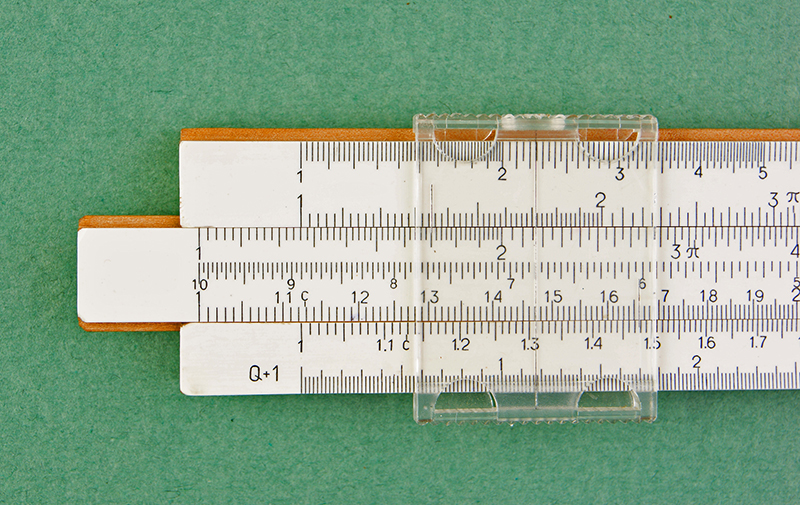
Simple Sliding rulers solved complex calculations in the days before electronic alternatives existed. Engineers manipulated calibrated scales to perform mathematical operations with accuracy within 0.1% despite their analog nature. Proper calculation required both mathematical knowledge and physical dexterity. Professionals carried these instruments in protective cases, often attached to belt loops for immediate access. These elegant tools guided humanity’s greatest engineering achievements before being rendered obsolete by electronic alternatives.
20. Drive-In Theaters

Under starlit skies, families experienced movies differently at America’s drive-in theaters. Admission cost just $1 per vehicle, regardless of passenger count. Car-mounted speakers delivered audio directly to individual vehicles while carhops brought concessions straight to windows. Weather significantly impacted viewing quality, creating unique challenges during rain or fog. Those distinctive intermission jingles became cultural touchstones that trigger nostalgia decades after the screens went dark.
19. Vacuum Tube Radios
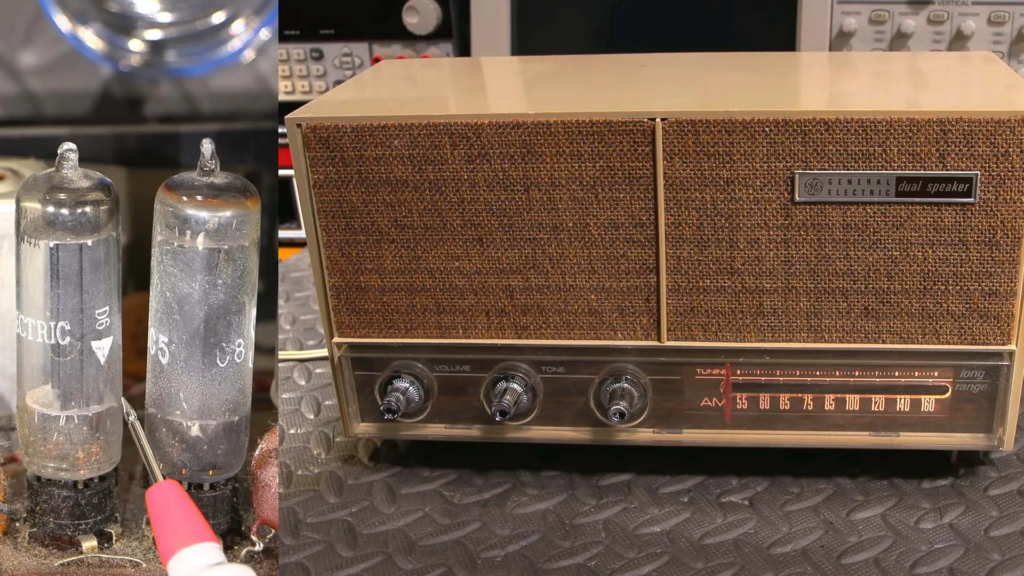
Why did radio listeners need patience? Vacuum tube technology required warm-up time before delivering sound. Between 5-8 vacuum tubes performed specific functions inside wooden cabinets that resembled furniture. Amber glow visible through ventilation confirmed proper operation. Signal quality improved gradually during warm-up, necessitating volume adjustments. These devices gathered families into shared listening experiences that connected isolated households to worldwide events. If you want to skip into the next decade, check out these 1960s gadgets that would confuse Gen Z.
18. Flash Bulb Cameras
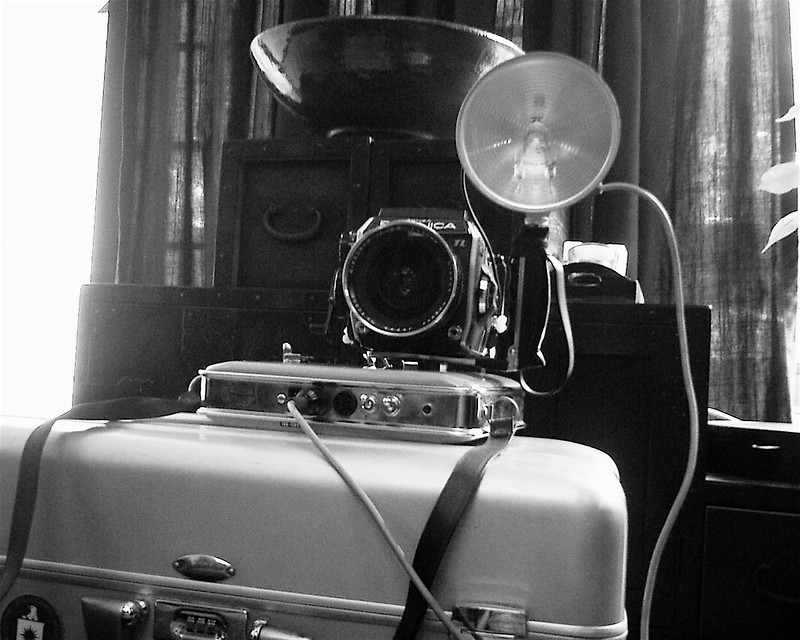
Before digital photography’s endless retakes, flash bulbs made each shot count. Photographers installed fresh bulbs reaching temperatures exceeding 3,000°F during their momentary illumination. The characteristic harsh shadows defined portrait aesthetics for decades. Brief delays between shutter press and flash activation captured subjects transitioning from posed expressions to relaxed states. This technological limitation accidentally documented more authentic moments than today’s instant-feedback digital systems.
17. Ice Boxes

Long before frost-free refrigerators, iceboxes kept perishables fresh through regularly delivered ice blocks. Deliveries weighing 25-50 pounds required replacement every few days depending on weather. Melting ice drained through tubes into collection pans requiring regular emptying. Food arrangement followed temperature hierarchy with items requiring coldest temperatures placed directly beneath ice. The iceman became a familiar neighborhood presence whose arrival punctuated domestic routines before technology rendered the profession obsolete.
16. Record Changers
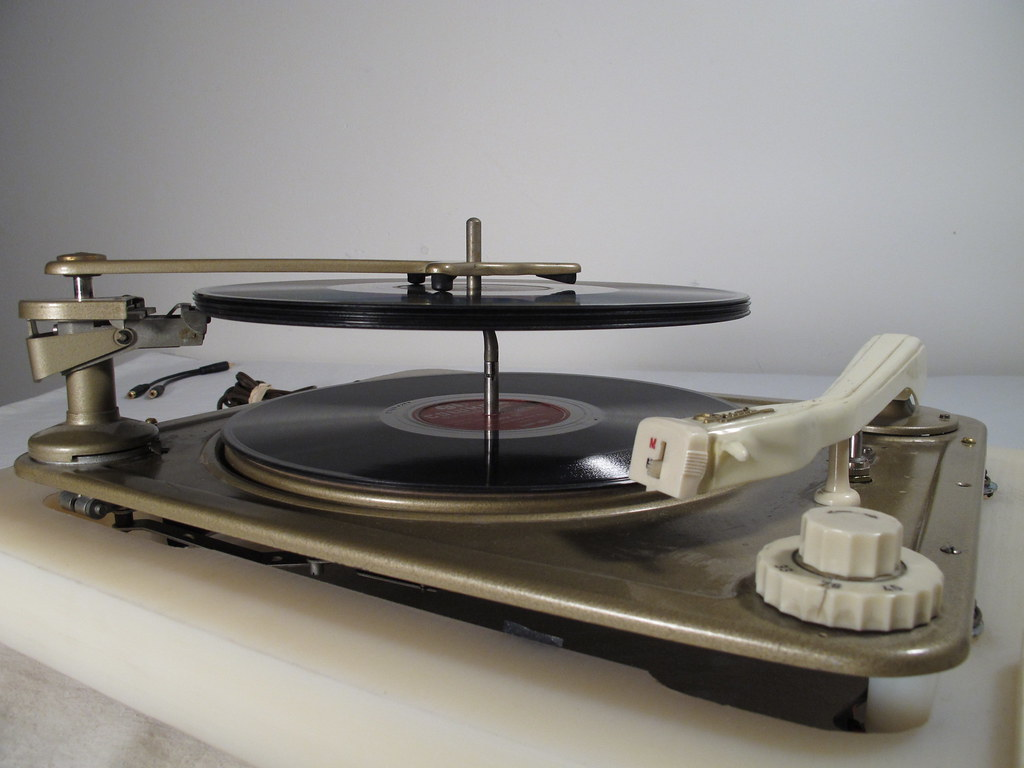
Record changers revolutionized home music by 1955, creating seamless listening experiences. These mechanical devices automatically played multiple records without human intervention. Only identical-sized records worked properly in these systems, preventing mixing of formats. The distinctive sounds of dropping records and positioning tonearms became ambient household soundtracks. This technology created the original automated playlists decades before digital streaming transformed music consumption patterns.
15. Hand-Crank Egg Beaters

Muscle-powered egg beaters transformed baking through mechanical ingenuity. Each handle turn created 4-5 beater revolutions through clever gearing. Direct physical connection provided immediate feedback about mixture consistency. Quality models passed through generations due to durable metal construction. These simple tools connected cooks directly to their food, creating a tactile experience many culinary enthusiasts now deliberately seek to recapture.
14. Cloth Diapers with Safety Pins

Parents once managed without disposables using strategic cotton folding and pins. Specific techniques created targeted absorbency where babies needed it most. Two-inch safety pins secured diapers after careful placement. The intensive washing routine included pre-soaking, scrubbing, sanitizing, and line drying. This demanding necessity taught resourcefulness and routine that modern convenience-oriented parenting increasingly attempts to rediscover.
13. Atomic Age Lamps

Scientific progress inspired home lighting through atomic age lamp designs. Starburst patterns and asymmetrical shapes reflected mid-century fascination with scientific imagery. Models typically standing 12-20 inches tall incorporated brass, fiberglass, and colored glass in novel combinations. These fixtures represented significant departures from traditional decorative approaches. Their distinctive shapes illuminated not just rooms but America’s optimistic vision of a technology-driven future.
12. Metal Ice Cube Trays
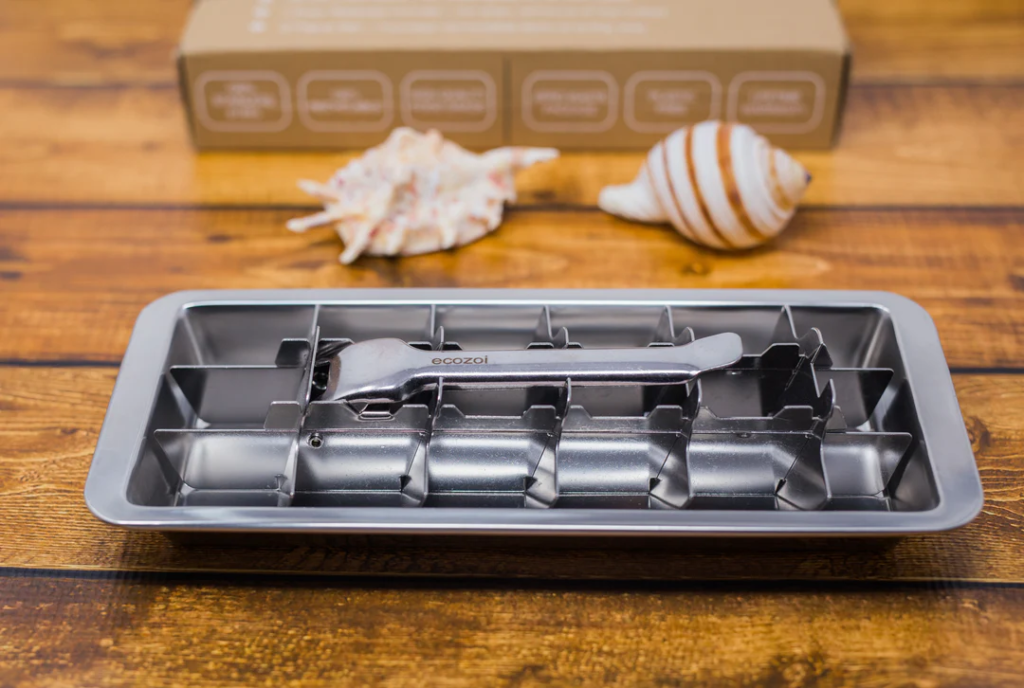
If you used metal ice trays, you needed both technique and strength, unlike today’s flexible alternatives. Users filled compartments before carefully transferring 14 one-ounce cube spaces to freezer compartments. Lever mechanisms cracked ice formation along grid lines—often requiring substantial physical force. Aluminum efficiently conducted cold but retained freezer odors. That satisfying crack when successfully releasing ice creates powerful sensory memories connecting generations to shared kitchen experiences.
11. Formica Top Tables
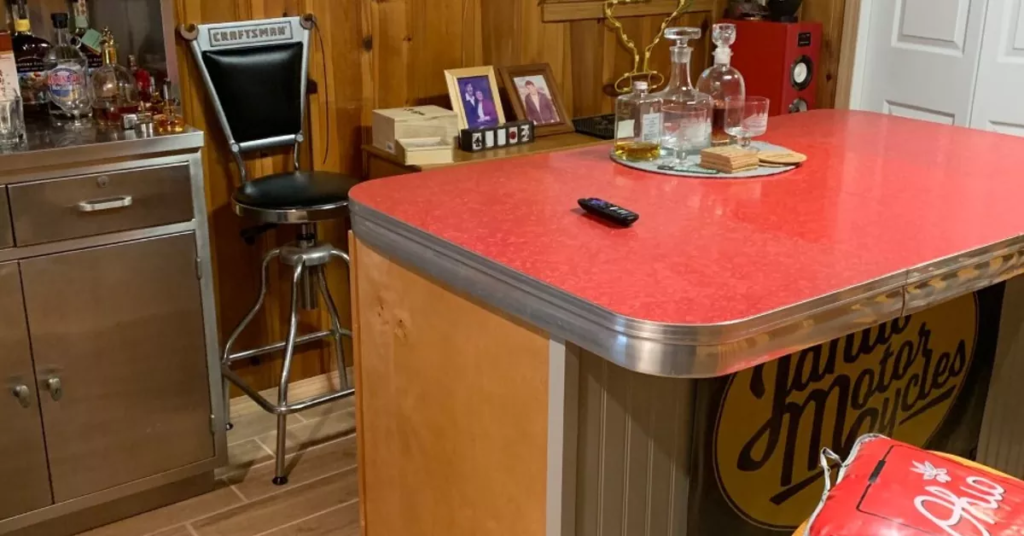
Mid-century kitchens gained instant recognition through colorful Formica tables. Laminate measuring 0.05 inches permanently bonded to plywood created durable surfaces. Waterproof, heat-resistant tops eliminated tablecloth necessity while resisting household stains. Chrome-edged perimeters prevented damage and delamination. These iconic surfaces represent functional time capsules of post-war domestic life where countless family stories unfolded over meals and conversation.
10. Oil Lamps

How did homes stay illuminated during power failures? Oil lamps provided portable light sources burning one ounce of fuel hourly. Their warm glow created comfortable environments for evening activities. Designs ranged from utilitarian to ornate with colored glass and decorative bases. Rural communities relied on these devices until electrical infrastructure expanded. These humble instruments shaped human activity patterns for centuries by extending productive hours beyond natural daylight.
9. Button Hooks
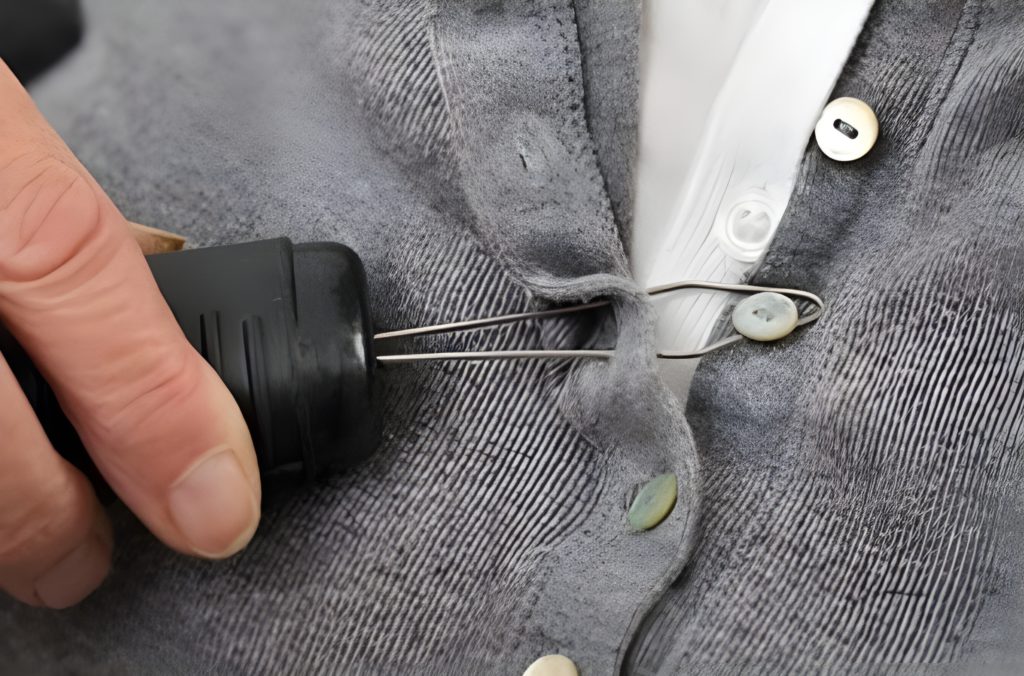
Fashion once required specialized tools just to get dressed properly. Button hooks with narrow ends pulled fasteners through restrictive buttonholes on gloves and boots. Ranging from 3-6 inches, longer versions served specifically for footwear. Handles incorporated decorative elements reflecting owner’s social status. These seemingly simple implements reveal dramatic clothing technology evolution from specialized tools to today’s effortless closures.
8. Washboards
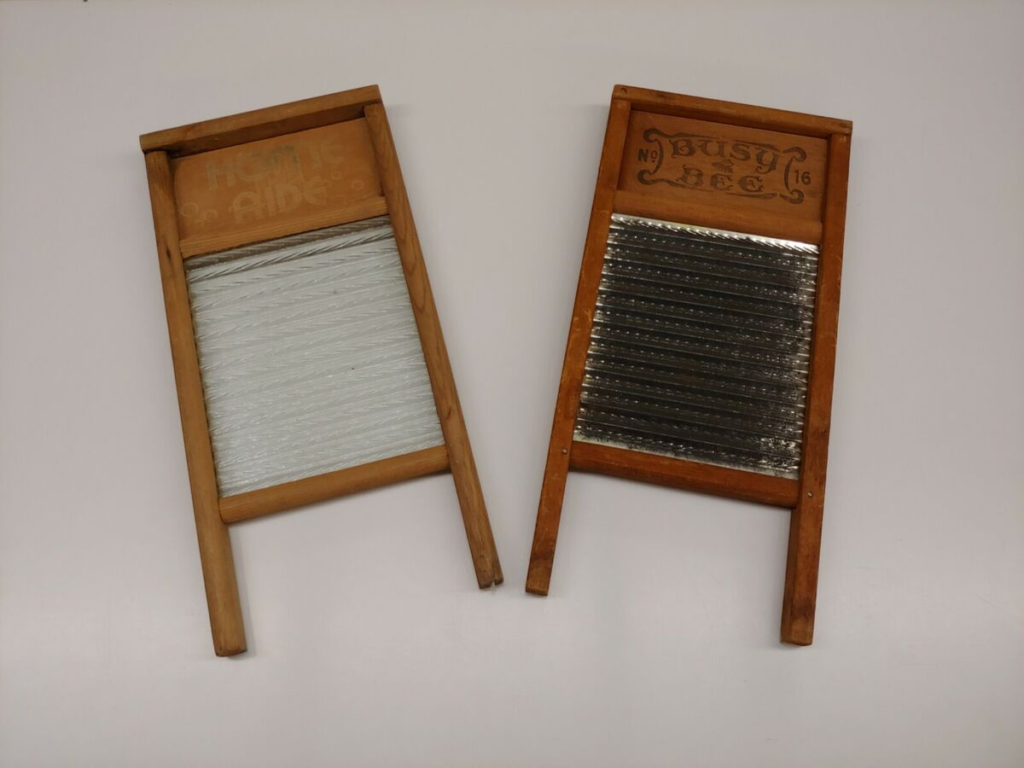
Monday once meant washboard day. This was the week’s most dreaded household chore. Rectangular frames housed corrugated surfaces for scrubbing garments against. Standard 12×24 inch boards required substantial physical effort during use. The ribbed design created friction to dislodge embedded dirt. This demanding routine represented one of history’s most significant technological liberation points when washing machines finally freed countless hours of human labor.
7. Fountain Pens
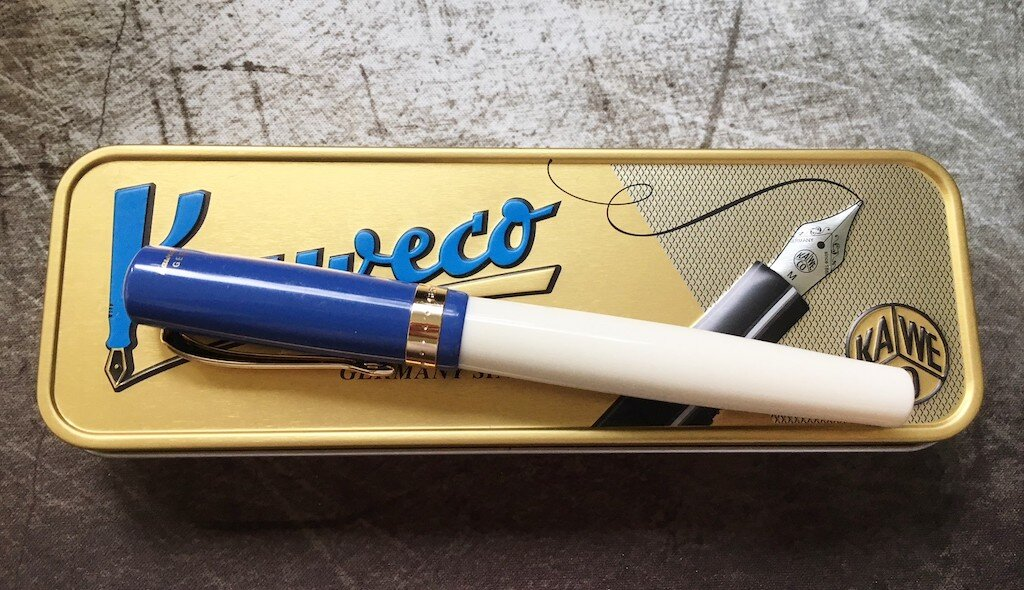
Fountain pens provided distinctive writing experiences through continuous ink flow. Precision nibs containing 14-karat gold alloy flexed during writing, creating characteristic line variation. Filling mechanisms evolved from messy eyedroppers to cleaner piston designs. Career milestones often included receiving quality pens as gifts. Their distinctive impressions created documents with individual character that standardized digital typography cannot replicate.
6. Coal Chutes
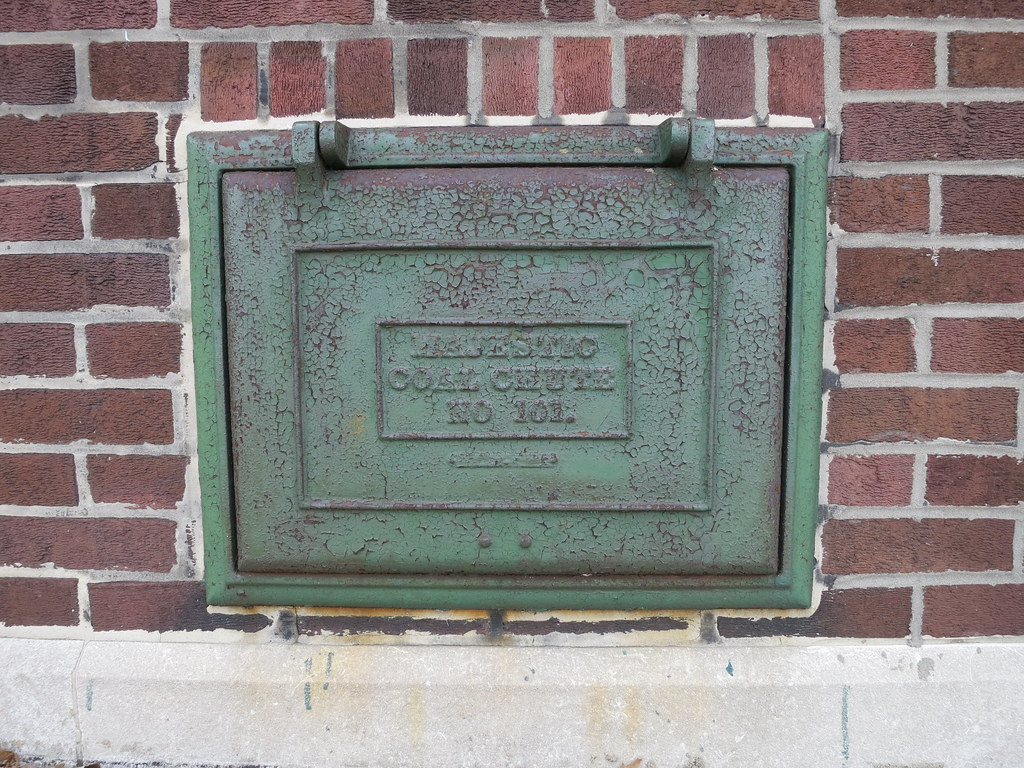
Home heating once arrived through dedicated basement portals. Metal-lined chutes measuring 16-18 inches in diameter connected street-level delivery points to interior storage bins. Coal trucks deposited fuel directly without entering homes. Weekly or monthly deliveries varied based on seasonal needs and storage capacity. These unassuming foundation openings represent remnants of the infrastructure network that powered industrialization before cleaner energy alternatives emerged.
5. Hairpin Leg Furniture
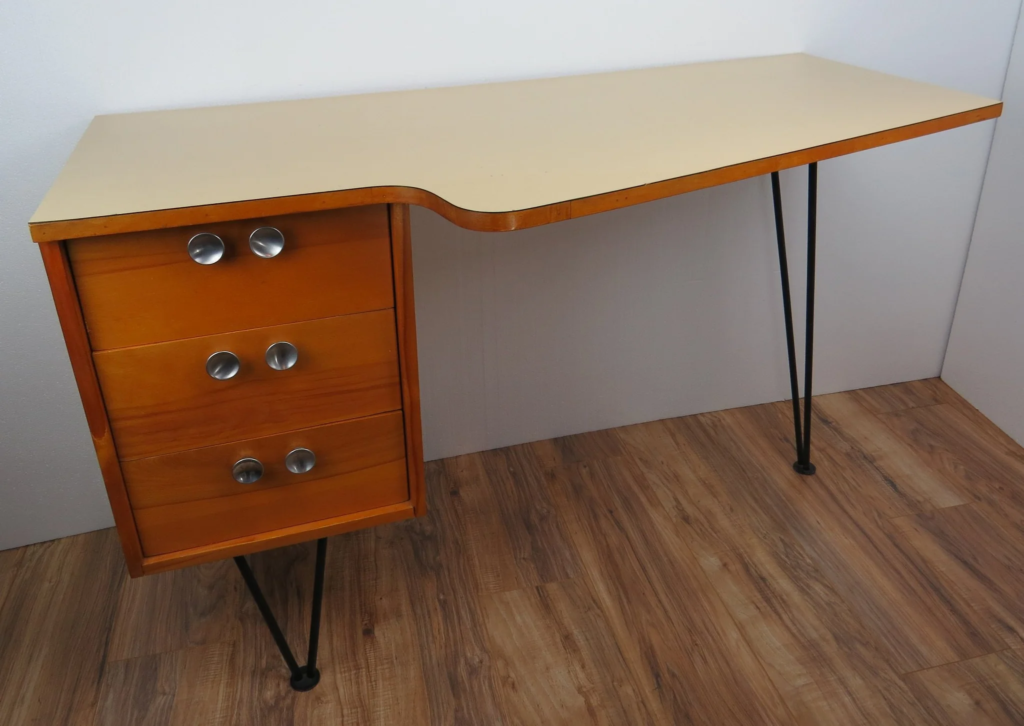
Hairpin leg furniture boasted a distinctive aesthetic. Bent 1/2-inch steel rods formed V-shaped supports for tables, desks, and seating. Visual lightness made small spaces appear larger through unobstructed sightlines. Precise welding at stress points ensured durability despite minimal materials. This “doing more with less” approach continues inspiring designers seeking both elegant simplicity and environmental responsibility.
4. Glass Insulators
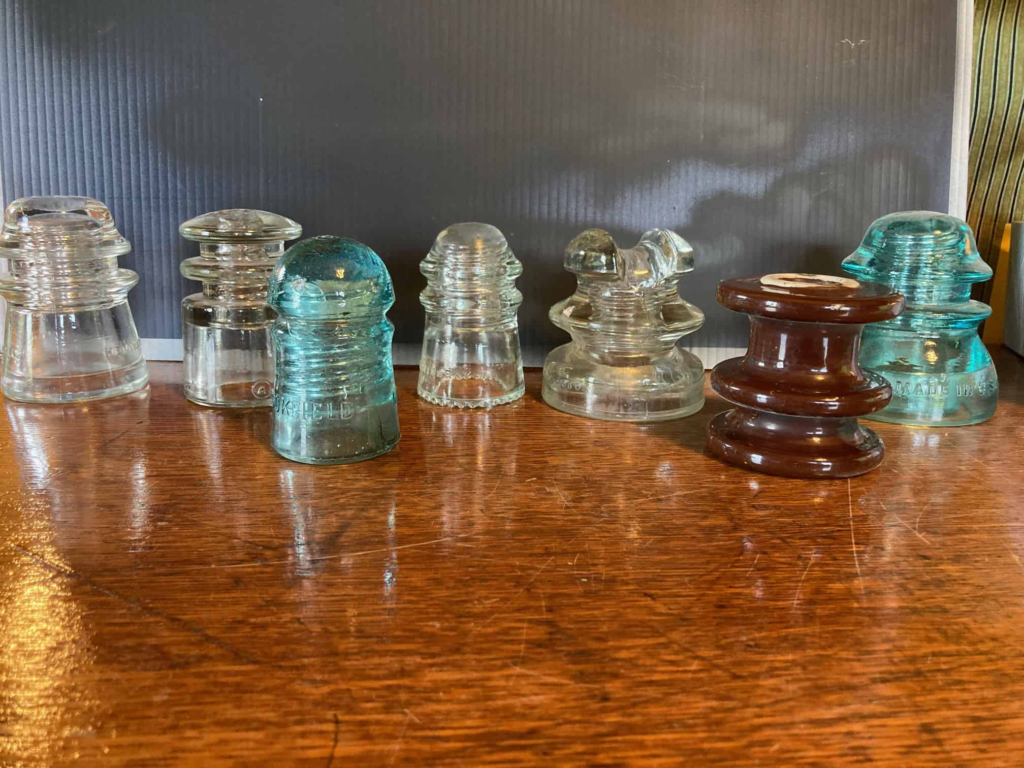
Colorful glass knobs once protected America’s growing electrical grid. These non-conductive components prevented dangerous connections between wires and wooden utility poles. Standing 3-5 inches tall, various shapes served specific voltage requirements. Color variations resulted from mineral content rather than intentional design choices. These practical industrial components now command premium prices from collectors who appreciate their historical significance and repurpose them as decorative objects.
3. Fluoroscopes (Shoe Fitting X-Ray Machines)

Would you believe shoe stores once X-rayed customers’ feet? Fluoroscopes showed skeletal foot structure inside prospective shoe purchases. Each viewing exposed users to 2-3 roentgens of radiation without protective shielding. Children often requested multiple viewings, fascinated by their glowing bones. This remarkable intersection of consumer experience and unregulated technology provides sobering perspective on how scientific innovations can pose unrecognized dangers before safety standards develop.
2. Metal Lunch Boxes and Thermoses
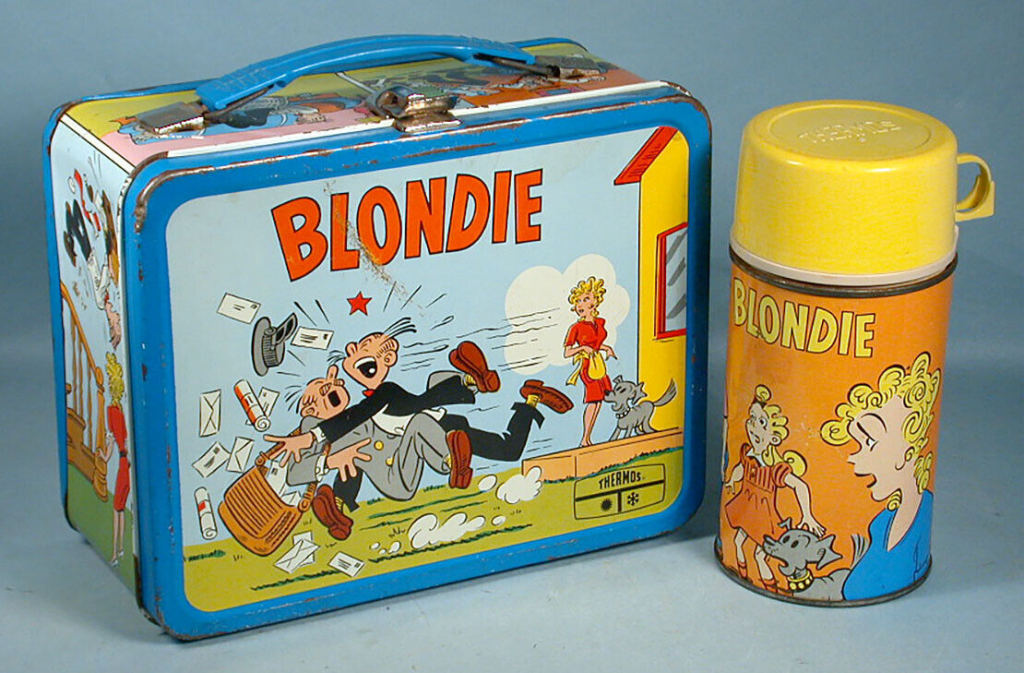
Lunch boxes had personality while protecting meals from cafeteria mishaps. Double-seamed steel edges ensured survival through years of daily use and occasional drops. Matching thermoses maintained temperature through vacuum insulation. Licensed characters and shows created walking pop culture billboards. Your childhood hero adorning your lunchbox could establish playground status faster than its contents, creating cultural artifacts that now document entertainment preferences across generations.
1. Tupperware
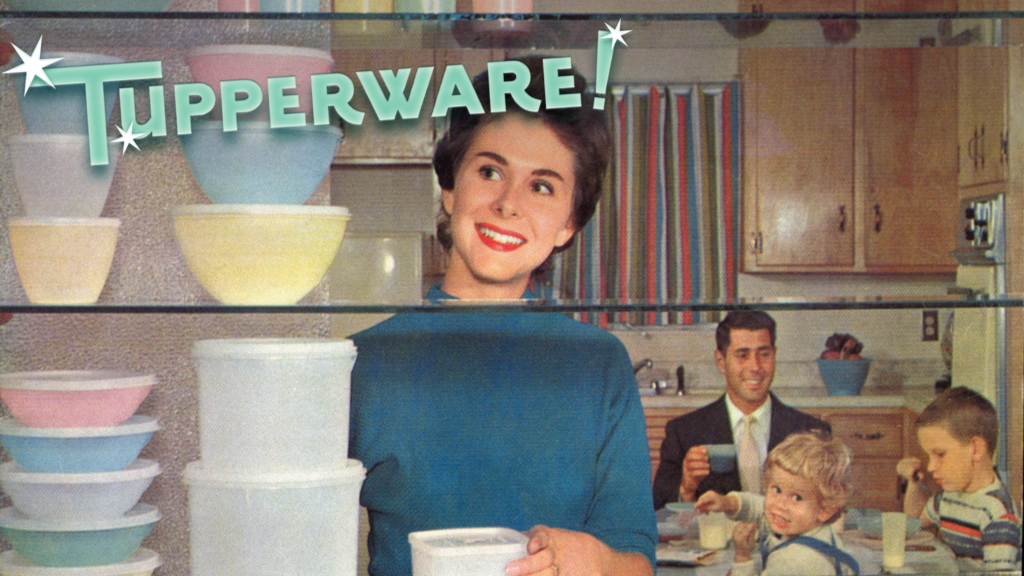
Tupperware parties changed both food preservation and women’s economic opportunities. Flexible 0.05-inch polyethylene containers with patented “burping” seals extended food freshness. The direct sales approach transformed homemakers into entrepreneurs within their social networks. Color schemes evolved through distinctive eras from pastels to harvest gold. These innovative containers created both modern food storage standards and flexible business opportunities during an era when women’s career options remained limited.

